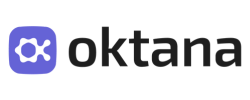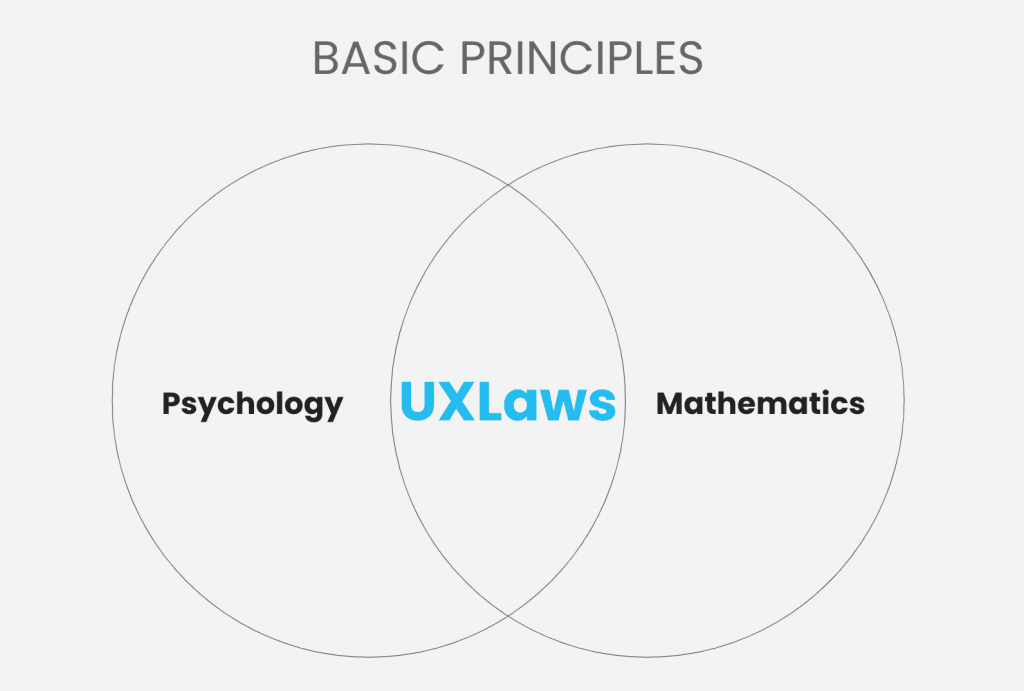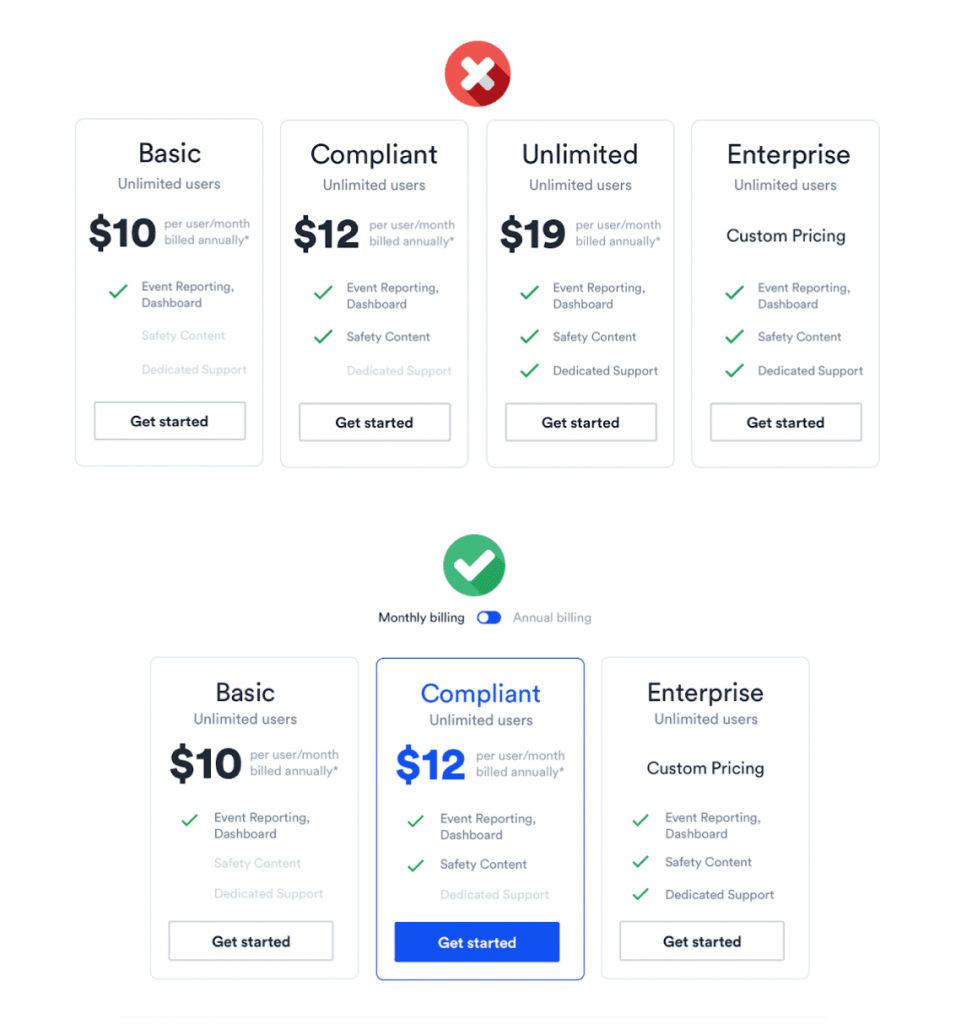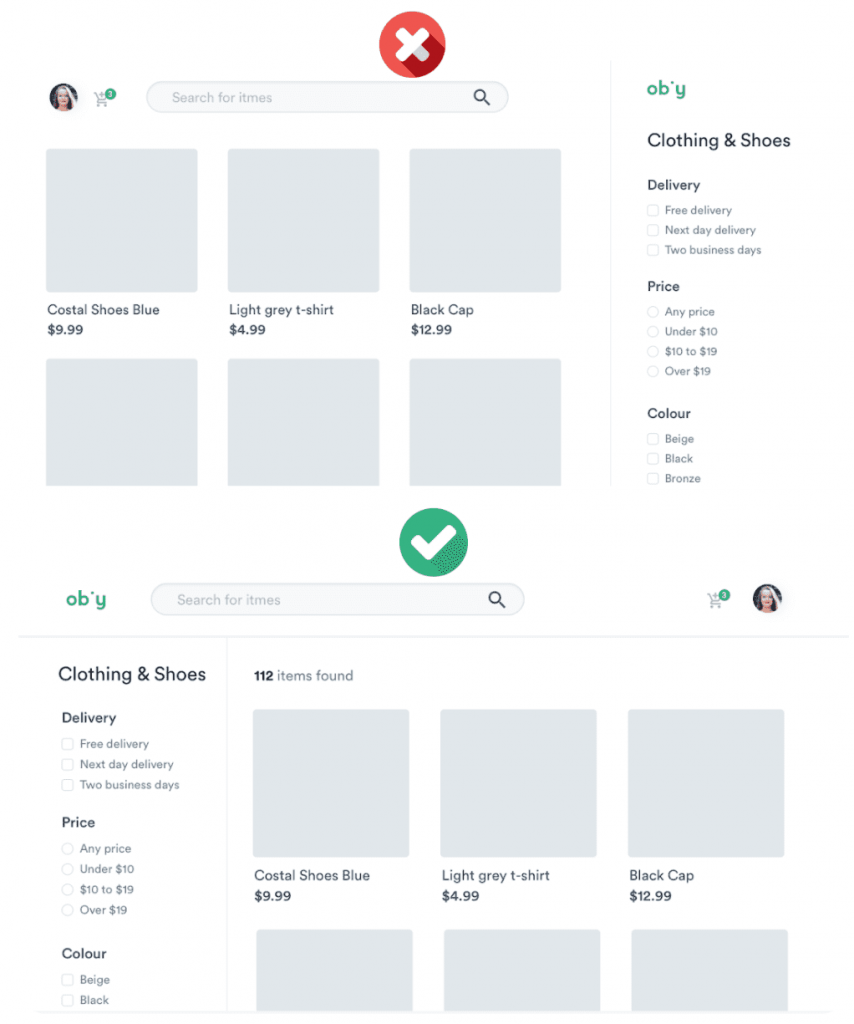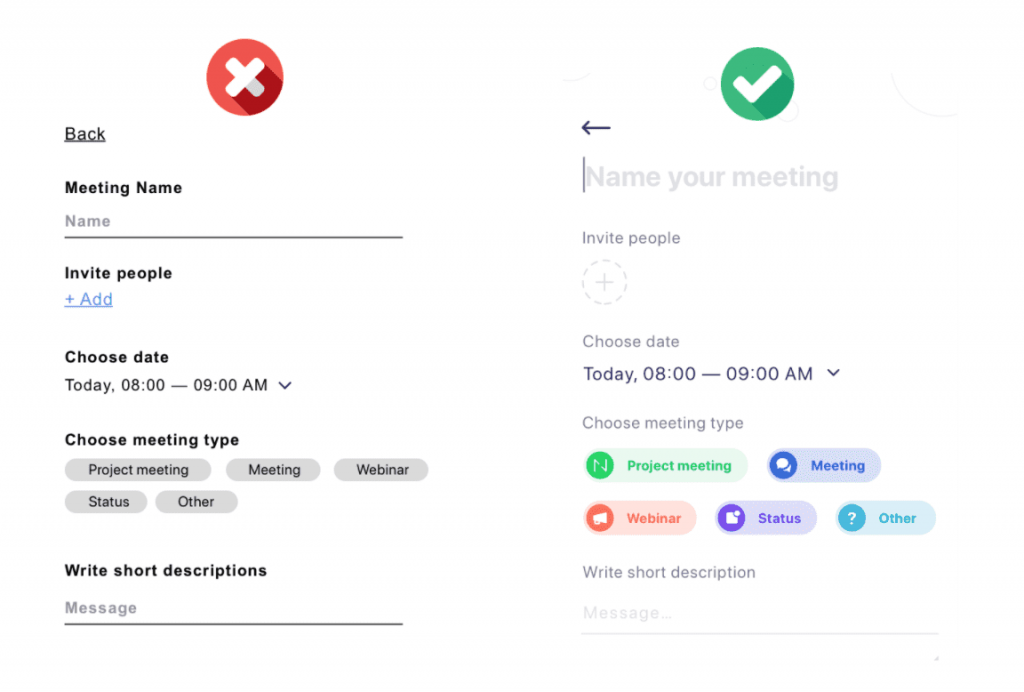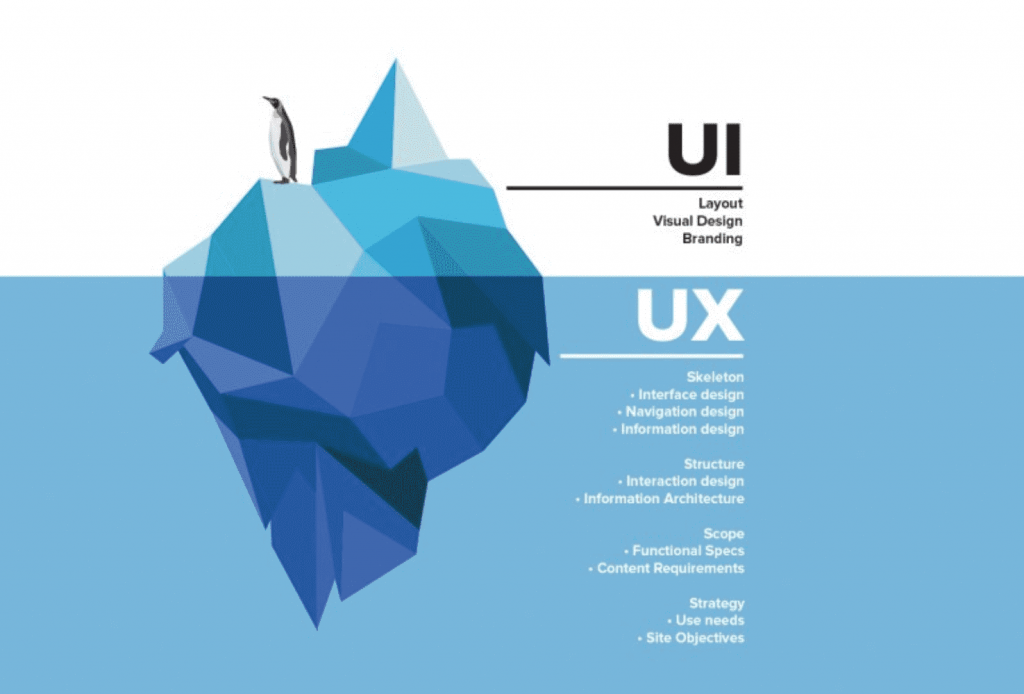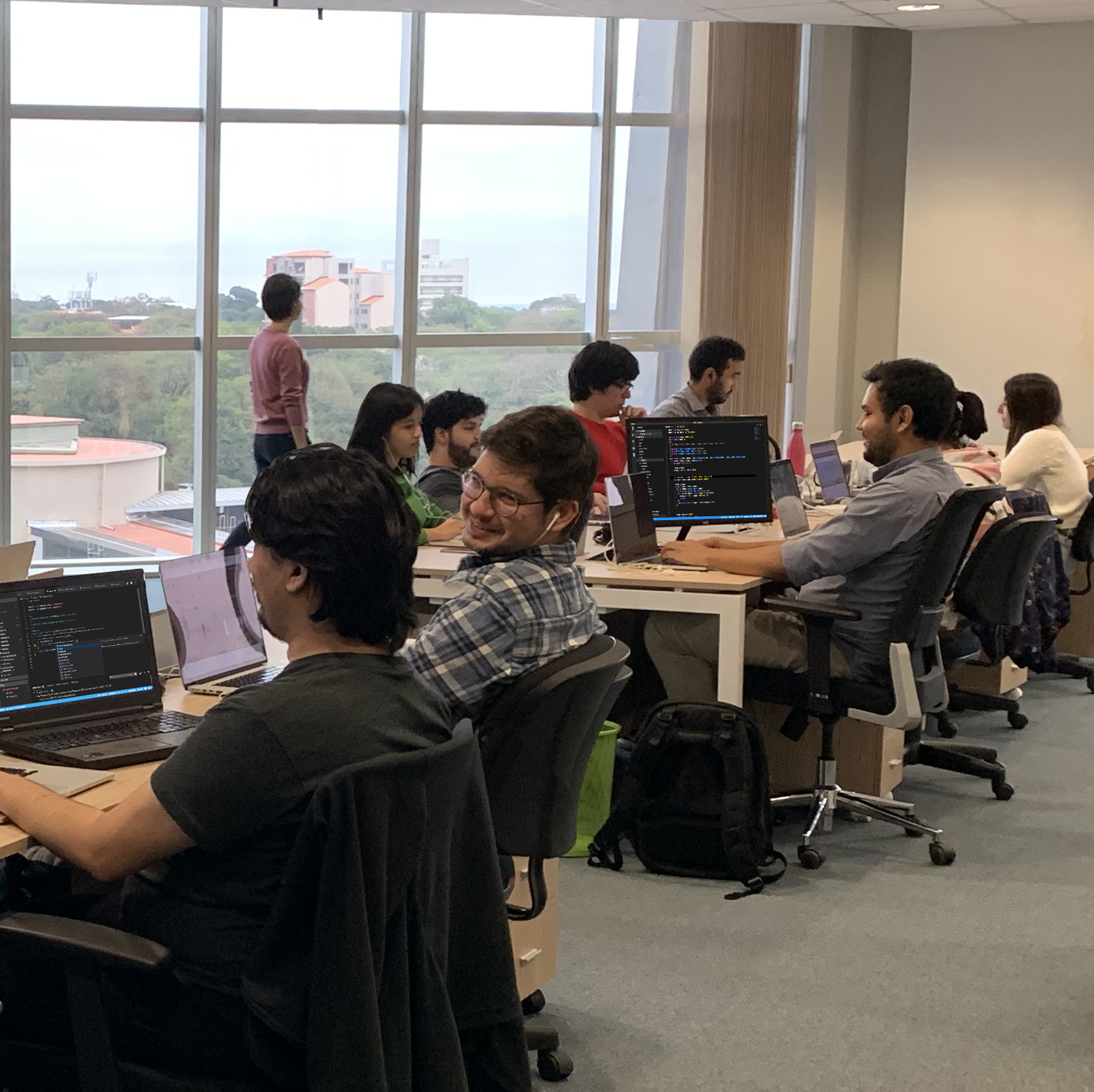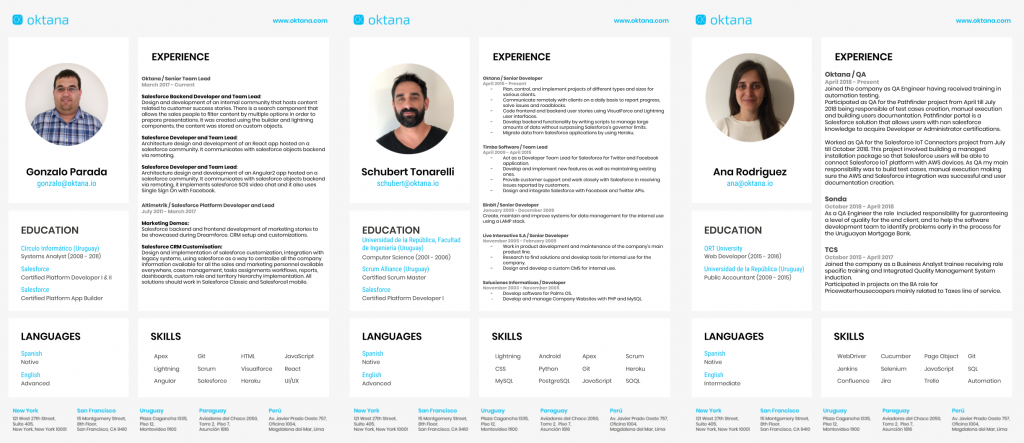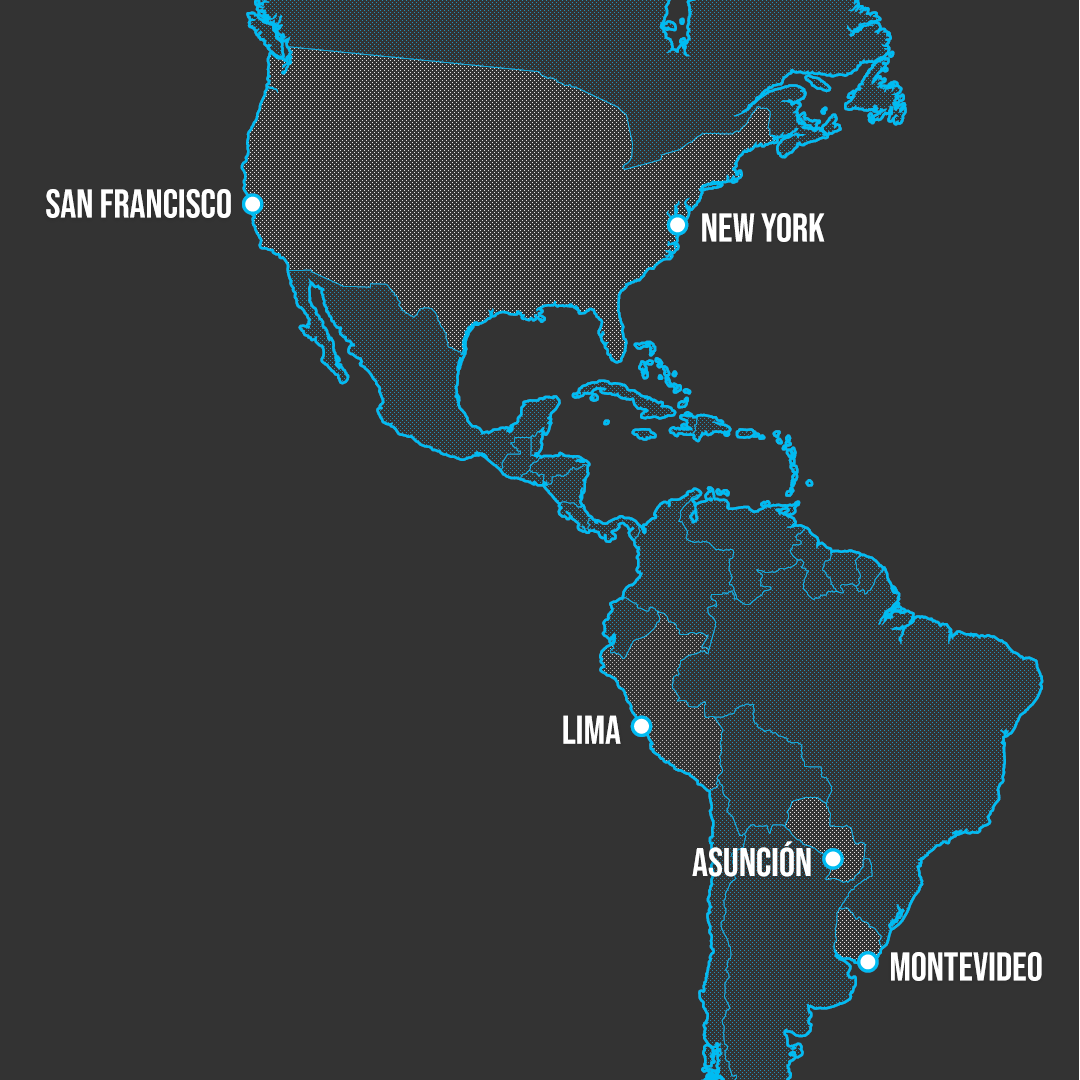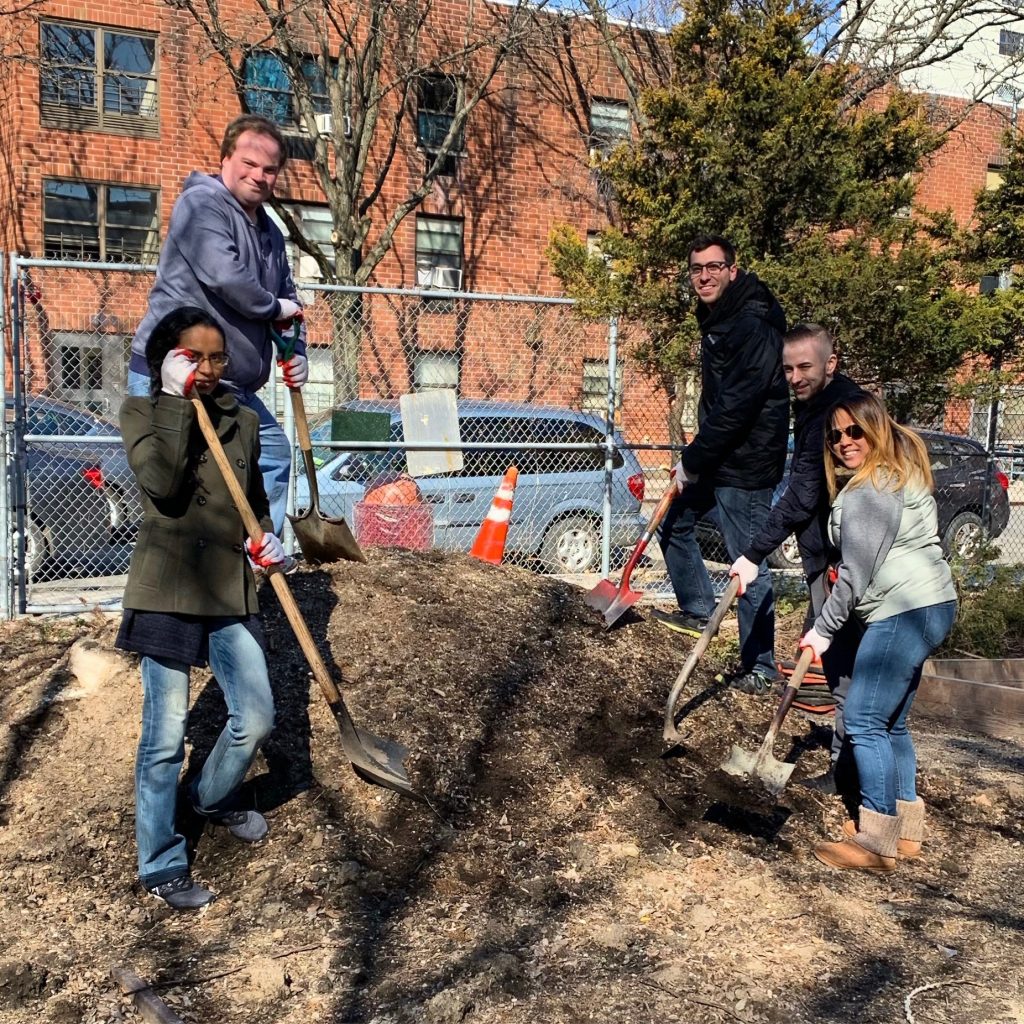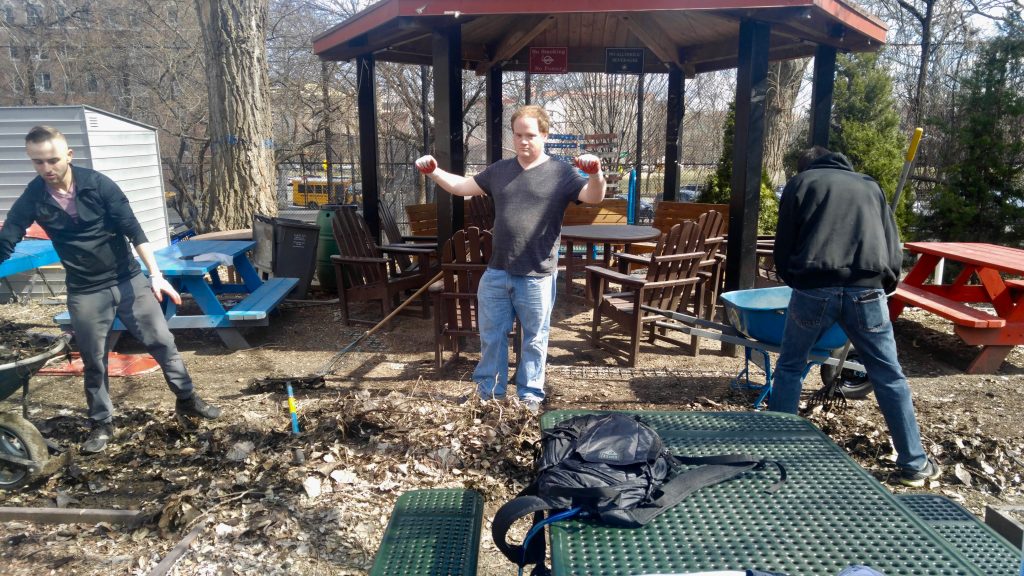The concept of innovation gained popularity in the business world in recent years. If you’re a business person or an entrepreneur who regularly follows talks, events, workshops, or internet content for getting some inspiration; you may be inspired by this idea. But what does innovation mean? Well, Michelle Greenwald, a Forbes contributor, mentioned that “Innovation is one of the most bandied about terms in global business today, but exactly what it means can be nebulous.”
We agree. Innovation is about approaching things in a different way. However, since disruption is part of this concept, every company or human can incorporate innovation into their real environment. Does it make things more difficult? Taking an innovative approach may be challenging initially, but it can be an advantage for growing your business.
We also innovate the Oktana way. We like doing things differently. We apply innovation for our customers (such as the offline app we built for an energy company) Here are some strategies to boost your innovation.
1. It’s not about perfection
If you are looking for perfection, we’re sorry to say this approach may not be right for you. At Oktana, we prefer taking the path less traveled so we can get different results and solutions. We understand that sometimes it’s about the minimum viable product, or as some call it, the “minimum lovable product”. In these situations, we know it’s about delivering the best product possible within the project’s constraints, not delivering perfection. Even when we deliver an amazing product and our customers are satisfied, we know there is always a different way it could have been approached. The next step is about exploring those possibilities. That’s why we are constantly working on new lightning web components, new versions of our digital products, and hunting for new and challenging projects. If you want to innovate, don’t aim for perfection. Aim for disruption.
2. Face your assumptions
Do you remember René Descartes? Yes, that French philosopher who has influenced the world since the sixteenth century and who has placed doubts in the middle of his thinking. We are not asking you to doubt everything, but we do recommend you determine if all of your assumptions are still useful. Why? We all have ideas that we take for granted. Ideas are so entrenched in our minds that they tend to shape the way we approach things, and that’s not always a good practice. (Remember when remote work was not a “good idea” for many companies, then a pandemic showed us what was possible?). Take the time to question your assumptions. Compare them to the current situation. If you feel they really don’t make sense then it’s time to innovate!
3. Innovation is for doers.
Creativity is an important stage of innovation, but what happens if we don’t stop thinking? All of our great ideas stay in our minds and never come to life. That’s why innovation is for doers, for people who dare to take action after a planning process. If you are having trouble bringing your ideas to life, don’t worry. It happens to everyone and we believe it’s part of the innovation process. What do we recommend? Write your ideas on paper, share them with your teammates, and ask for feedback. All of these actions are small steps but your ideas are now living outside of your mind. After this first step, congratulate yourself and start planning. Your idea will grow until you have a great product in your hands.
4. Mistakes are part of innovation
What would the world be like without mistakes? Failures are probably one of the best teachers humans may have. If you fail in your attempt at creating a new product, then you have another opportunity to do it. More importantly, you now have a better understanding of what you are doing. Don’t get us wrong. Mistakes on their own don’t deliver value, it’s your attitude that really matters and how you use your personal experience to enhance your solutions. Noah, one of our engineers in the US, shares a very interesting perspective:
Noah B. Engineer at Oktana US
“For me, innovation means changing the norm for the better. A change is not automatically positive or negative. If a change is made but the overall outcome is negative, that’s fine because the change does not have to be permanent. You can roll-back the changes until you find something that works well. Innovation is trial and error a lot of the time. Because of that, innovation does not always mean improvement. But innovation paves the path for improvement.”
As Salesforce partners, we learn a lot from our customers and the projects we deliver. These recommendations are just a part of it. We encourage you to share them with your team so you can all have the same mindset. Also, if you want to innovate the Salesforce way, here are a couple of trails that might be worth reading: Innovate the Salesforce way and Innovation Customer Discovery. Now, sharpen your mind and use innovation in every level of your projects.

